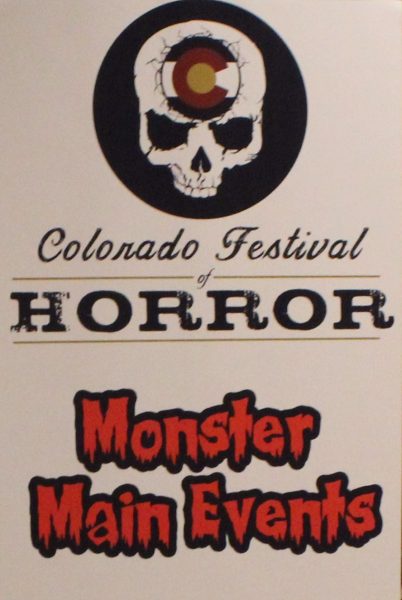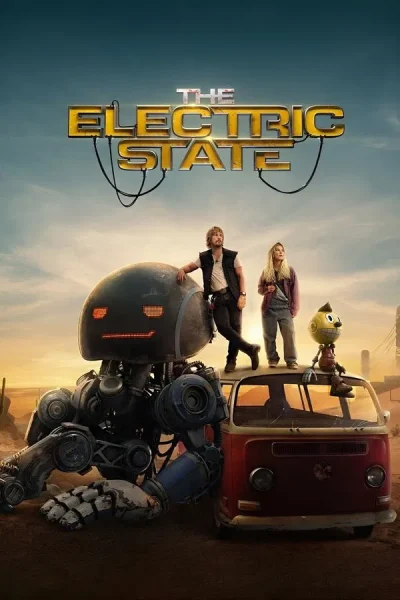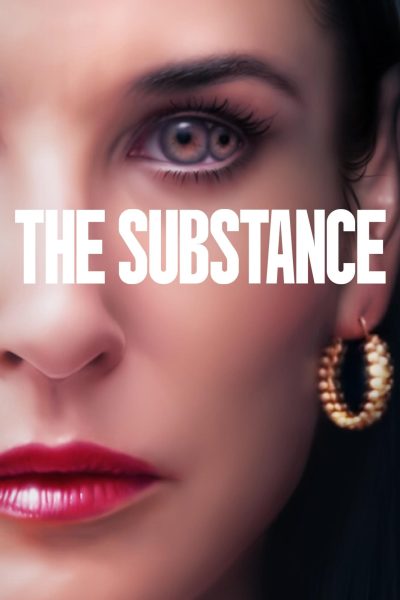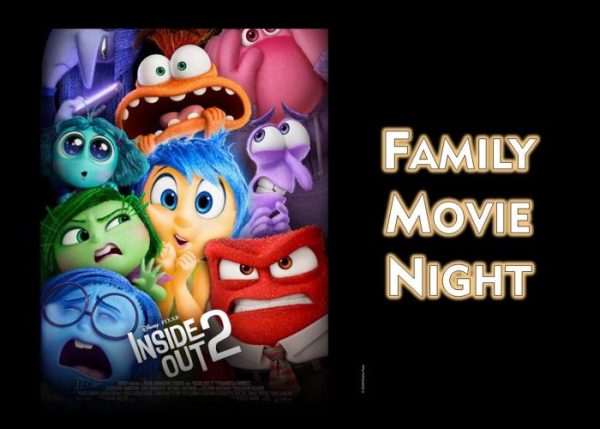Review and Explanation: “mother!” is the Most Unsettling Movie That You Have to See
When I saw the first preview for Darren Aronofsky’s “mother!” I was beyond excited that he was going to make a thriller. After all, Aronofsky has created some of my favorite movies, including “The Fountain” and “Requiem for a Dream”. I know how unorthodox his films can be, but nothing could have prepared me for what I was about to witness at the premiere of “mother!”
Let me warn you, this movie is an all-out mental assault that’s extremely hard to watch. The trailer and synopsis are horribly misleading—this is not a thriller or horror movie in any traditional sense. However, I may go as far as to say that it’s the most unsettling film of all time. I’m not even sure whether or not I ever want to see it again.
This particular nightmare of Aronofsky’s will force you to feel just about every negative emotion you’re capable of, with handheld camerawork and uncomfortable close-ups that capture the even more unpleasant exchanges between characters. It consists of blatant misogyny sprinkled atop extreme selfishness; the violence is such that words like ‘brutal’ and ‘shocking’ don’t even begin to describe it.
In fact, there was a point towards the end where I considered leaving the theater, (if you’ve seen it already, you’ll know exactly what scene I’m talking about).

Despite all this, “mother!” is a beautiful piece of art. One might compare Aronofsky to Picasso; the work is fragmented and confusing, yet also refined and ultimately marvelous. It’s another of his testaments to surrealist cinematography, but it’s also layered deeply with themes that couldn’t be more appropriate.
“mother!” might be hard to watch, but you shouldn’t look away; you’ll come out better on the other side.
Sadly, describing the plot would be problematic. As New York Times reviewer A.O. Scott describes it, “Aronofsky ingeniously braids his movie’s hermeneutic structure into its plot, making it hard to say what it’s about without revealing what happens.”
For those of you who haven’t seen it yet, I’ll tell you this: Jennifer Lawrence, the mother, and Javier Bardem, the husband, both contribute incredible performances. There’s a broken sink, a yellow liquid, a baby, and a crystal. You’ll see both “paradise” and “the apocalypse”.
But the best part about this movie is digesting and dissecting it later. So, for those that have lived through “mother!” by all means keep reading. Ahead are interpretations, theories, explanations, and of course, spoilers.

At this point, I’m assuming you’ve seen the film. For that, I must commend you. Now let’s get down to business and attempt to make sense of what you saw.
First up, I have to point out what many others already have: “mother!” (originally titled ‘Day 6′) is a nearly precise religious allegory depicting the rise and fall of man, taking us from Genesis all the way through Revelations. The cast is all there: Lawrence’s character represents Mother Nature, who is tied to Earth, or in this case, the house; Javier Bardem is credited as Him, symbolizing God; the growing number of house guests are humanity. There are clear representations of Adam, Eve, Cain, and Abel.
Some of you may have even caught that the breaking of the sink renders the great flood. Even keener observers might have noticed the gash on Ed Harris’ ribs right before ‘Eve’ shows up. There’s still some I can’t piece together, like the yellow potion ‘mother’ kept drinking. I thought it was symbolizing faith or the connection between ‘mother’ and the house, but others have said pertains to Charlotte Perkins Gilman’s “The Yellow Wallpaper”.
You can probably guess who the baby is representative of, which makes his gruesome death the crucifixion. Aronofsky then portrays eating ‘the body of Christ’ quite literally, as the same crowd who killed the baby then tears him apart in a repulsive act of cannibalism.
The intense brutality of the baby scene made even Lawrence herself question the film: “I was really shaken. My first reaction [to seeing the movie] was that we took it too far.” On the set for that scene, Lawrence was panicked to the point where she tore her diaphragm and had to be taken to the hospital; the segment then had to be shot again once she recovered. Regardless, she was happy with the film in the end: “We have a message and if we watered it down to make people comfortable, then what’s the point?”
However, the allegory is only a vessel for much bigger ideas to be conveyed. As Aronofsky puts it, “It’s about mother nature and our place, our connection to our home.” What makes “mother!” communicate the environmental message so efficiently is that it’s all from mother nature’s perspective. As ‘mother’ finally breaks down in the final act, she kills some house guests and sets fire to the home. No one would listen to her until it was too late, similar to our society’s own disregard for the planet. The intensity of the film mirrors the urgency of the issue and there is no politeness in its delivery. Rather, “mother!” takes aim right for your soul.
Still, there are more layers of social commentary. The scene where Lawrence’s character is being beaten to the ground and humiliated is sadly not far from the truth about the treatment of women. The idea of “religion as a cult,” was the theme that resonated most with Javier Bardem. And perhaps reflecting even Aronfosky himself, “mother!” also captures the narcissism of the artist. It’s the chaos that inspires Bardem’s character to create, and he’s unwilling to give up that inspiration, even if it means total annihilation for those closest to him.
This movie is about creation and destruction, and the chilling similarities between the two. It’s about the ugliness of man, the perfect imitation of an imperfect creator. Even though it’s harsh and unpleasant, “mother!” is a triumph in film making that’ll start conversations for years to come.
Thanks for reading. Let me know what you thought of “mother!” and share your theories in the comments below.












Larrius Cleveland • Sep 27, 2017 at 11:42 am
OMG I went to see this movie over the weekend. I was blown away at the concept of the movie. Very symbolic correlation to the bible I noticed about midway through the movie. Some of the scenes were brutal but honest. I appreciate the darkness and depth the actors and actresses took to convey the overall message of the movie.